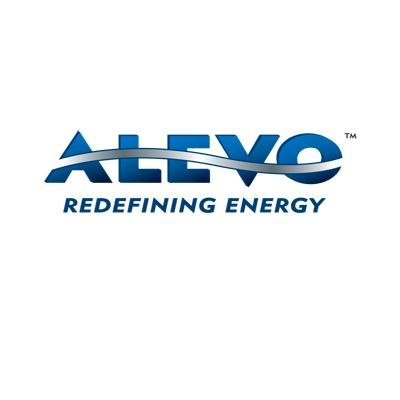"Les Échos", Dec. 7th
Shall energy storage enter a new era finally?
·
Battery networks for energy storage may
be combined to solar panels - SIPA
Building battery fields may be the solution to solve
problems arising from solar and wind production ups and downs.
In the implementation of industrial-scale wind and solar energy generation,
energy storage stands as a basic element. The continuous power generation demand does not adapt to weather
changes. So the relevant storage technique
to be combined to these alternative energy sources is the main point. Since a long time, hydraulic storage has been seen as the right
solution. But this technique is costly,
needs a long time to be built, and above all, depends to water reserves access. Then the implementation of large - scale battery network has been tried
everywhere in the world (such as a Japanese consortium in Rokkasho and an
American one in Alaska). Alevo’s
industrialisation of lithium, iron and phosphate batteries on its Concord new
site (North Carolina –USA) sets a new step forward: their technology enables loading and discharging at low temperatures,
thus reducing risks of overheating and warranting a stable functioning safety.
Through networking its batteries on the American continent, this
technique may spare USD 12 billion yearly, with a storage capacity up to 18 GW,
to be compared with the 140 GW available in the world through hydraulic
storage.
Is Alevo the most credible option?
Up to now, many techniques have been explored, but reaching optimisation
is difficult: energy density, available power,
safety and lifespan etc. must be taken into account, at an attractive price.
In Sendai in Japan, Toshiba has created a lithium-ion battery base. In 2015, this field shall open. Featuring a maximum power of 40 MW per
unit, this field will work during half an hour at the same pace. Notrees, the Texas based storage project ,which was established in 2013,
uses lead-acid batteries, of the same kind but more developed as those used in
gasoline and diesel cars. Its maximum
power amounts to 36 MW per unit. This field will
work during 40 mn at full capacity. But
Alevo seems to have developed one of the most performing techniques of the
market in reliability and security terms, with its lithium iron phosphate and
graphite electrode. One of its advantage
lies in an agreement to deploy Alevo’s storage network in Guangdong in China…
 |
| Logo Alevo, Switzerland company- Courtesy Twitter |
Alevo’s main challenge seems to be introducing storage solution whose economic model is not based upon a penalty or tax supported by the user, but based on bringing an additional supply to the existing energy distribution network. Indeed, these wide-scale energy fields not only compensate weather ups and downs, but also supply an additional quantity of energy, particularly when demands peaks up. Then, these fields answer to a strong economic need within the implementation of carbonless sources of energy.
Another actor stands out in this competition, namely Tesla (pioneer in
the field of electric cars), which has launched its production plant in Reno in
Nevada. That’s an interesting aspect, as
some futurologists say that the perfect storage solution may lie in the battery
networks offered by electric cars park distributed in town.
| Nicola Tesla, genius of electromagnetism Courtesy wikimedia |
Nevertheless, the technologic debate is not yet over. Graphene, a material with a fantastic potential, may be used to produce
hydrogen piles, according to the Manchester University. These piles may also be a part of a new energy storage network.

Aucun commentaire:
Enregistrer un commentaire